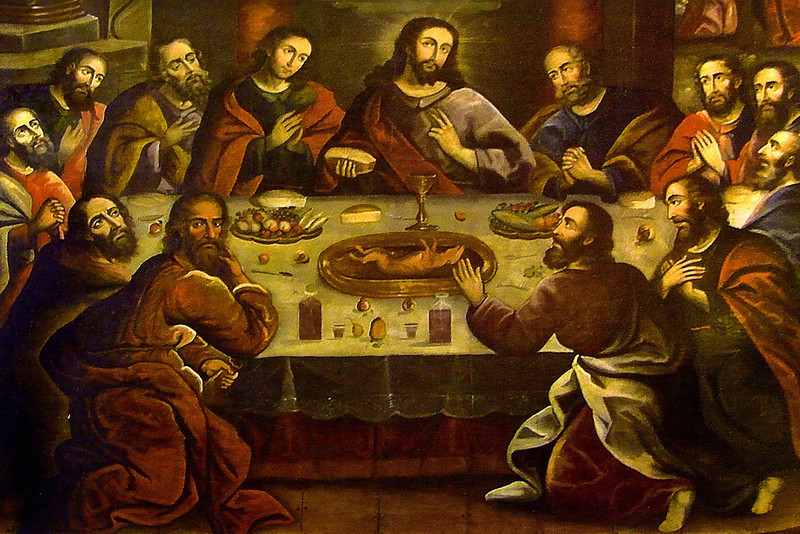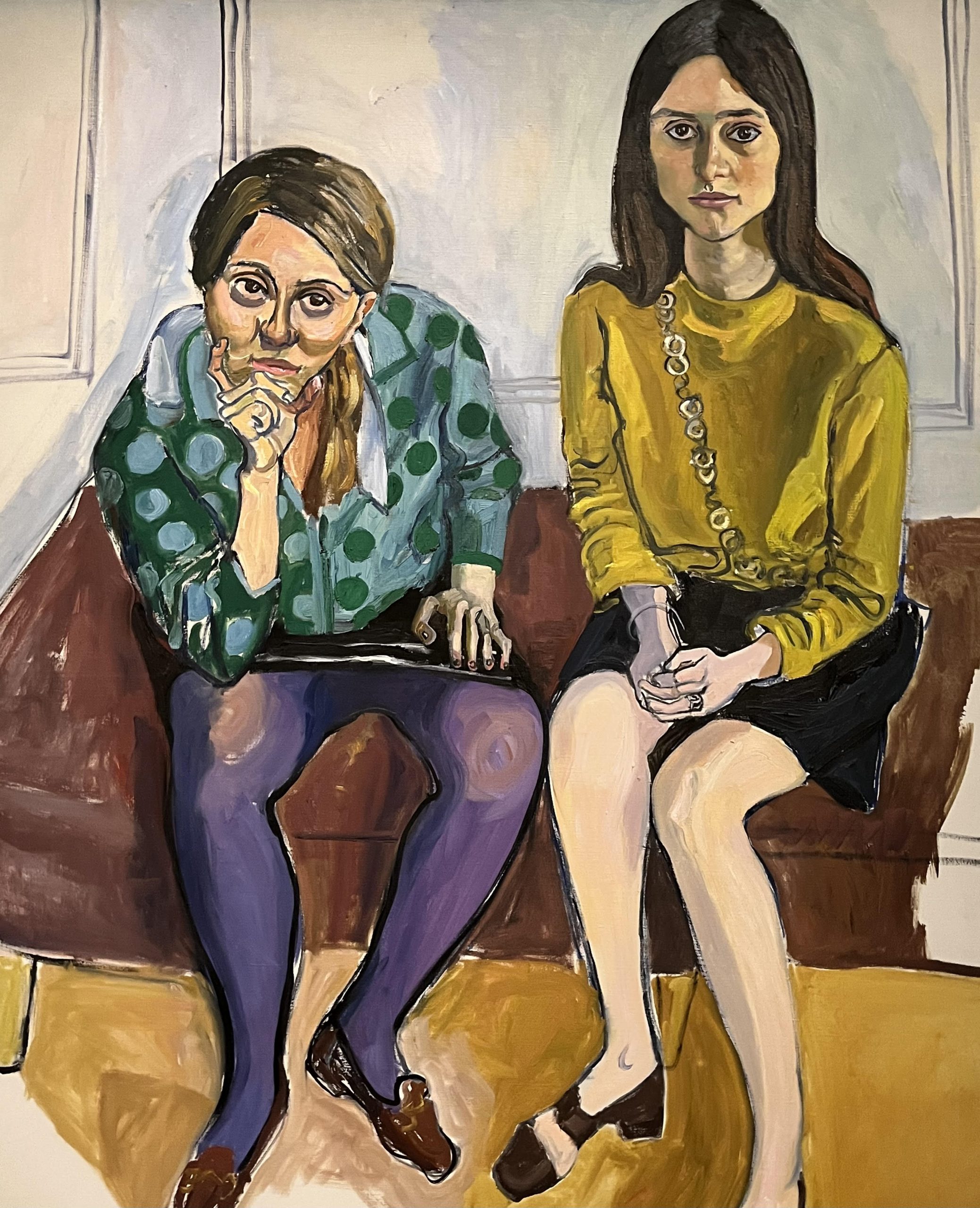
Semana Santa: Death and Rebirth in the Andes
Religion and hedonism might seem irreconcilable from a Western perspective, but in the rural Peruvian town of Ayacucho, a chaotic blend of spiritual devotion and energetic mayhem consumes the rural community for one frenzied week each year. This unique expression of faith and spirit make Ayacucho’s fabled ‘Semana Santa’ (Easter week) celebrations legendary across Peru.
Ayacucho is extremely hard to access. A modern bus route has made the 322 mile journey from Lima easier, but the town remains relatively isolated from the influence of Western tourism. Arriving dazed from a twenty-four hour journey across the Andes, I wandered first between the town’s thirty three celebrated colonial churches, one built for every year of Jesus’ life. Women pressed their hands to Christ’s image with eyes squeezed shut, whispering fervent prayers, whilst their children spilled ice cream and shrieked in the pews. The Catholic Church of Peru has wonderfully inventive ways of uniting Christianity with the older religions of the highlands: a towering wax figurine of Mary with her cloak pulled into a stiff cone shape allowed worshippers to pay their respects simultaneously to the Virgin Mother and a mountain spirit, or ‘Apu’.

Last Supper with Guinea Pig, Cuzco Cathedral
In the 1980s, Abimael Guzman (later President Gonzalo) exploited the town’s inaccessible location in his attempts to replace one shining path – the way of Jesus – with a far more politicised ideology. From Ayacucho’s town square I could pick out the San Cristobal of Huamanga University, where Guzman lectured in philosophy before founding Maoist guerrilla movement the Shining Path. Their brutal communist revolution was centred in Ayacucho, saturating the Andes in blood and fear as both government troops and rebel soldiers captured, kidnapped, tortured, and killed, often indiscriminately. The Shining Path established labour camps for peasant ‘traitors’ and carried out bombings and massacres, resulting in the deaths of over 69,000 Peruvian people. The impenetrable landscape of the Andean mountains turned the conflict into an excruciating game of cat and mouse lasting for more than a decade.
In 1992 Guzman was captured, and today the Shining Path has all but disintegrated. The Ayacuchans have re-built their lives with a stoical resilience; everyone I met was faultlessly kind, but my few enquiries about the 1980s were met with silence. They are happy, however, to talk about their Semana Santa celebrations, with all their pious zeal and reckless revelry.

Guzman jailed in 1992
Marco, a local radio producer covering the event, told me that a few years ago someone was horribly trampled in the annual Bull Run. It was awful, he said, but earnestly explained the beauty and importance of the chase too. I suggested it was cruel. He shot me an aggrieved look, and assured me that the bulls enjoy it. I looked sceptical. ‘They do’, he insisted tightly, and that was final.
On Good Friday the fevered atmosphere was infectious. Street artists covered the plaza floors in sprawling religious tapestries of coloured sand and pungent flowers. When night fell, a throng of worshippers bearing candles spilled onto the pavement. The street paintings were trampled by a procession: sombre officials bearing Jesus’ coffin on their shoulders, nuns in black lace murmuring hymns, and a waxen Mary with tragic eyes. The crowd united in long chants of incantatory prayer.
Ayacuchan faith holds that after Jesus’s death and prior to his resurrection all sins go punishment free, so Saturday is Carnival, and the Bull Run. Despite my ambivalence, I wound my way to the front of a sticky crowd of already intoxicated revellers. A truck containing six angry bulls pushed into the middle of the crowd. As the truck opened and the first animal met my eye only a few metres away, I froze – then the adrenaline kicked in, and I ran screaming down the street with the rest of the crowd. After the chase women doused us with water from high windows, and as everyone relaxed in soaking clothes I couldn’t pretend I hadn’t enjoyed the thrill.
When a bull was released into the heaving main square I decided to take refuge in an empty café, eerily distant from the muted roar of the masses outside. As an obvious outsider to the festivities, I’d felt a sense of isolation that I imagine the Ayacuchans also experience, themselves isolated from the country’s congested cities. In 1991, a poll undertaken in Lima found that 21% of urban residents had no awareness of the Shining Path’s maiming and killing of innocent people in the remote rural areas. Thousands of people had simply disappeared. The impenetrability of the Andes creates a breeding ground for extremity; for terror and isolation, or, for indestructible community.
Returning that night, towering constructions built from fireworks exploded alarmingly close, catherine wheels squealing, chunks dislodging and launching into the sky. Marco took me to Mega, a club glowing with neon lighting and sweat, where a boy band dressed as a barber shop quartet played furiously as couples entangled in whirling salsa. Back in the cathedral at five, the atmosphere reverted to pious sobriety. An hour’s passionate sermon was followed by the painstaking illumination of the hundreds of candles that lit Jesus’s gargantuan white float. Finally, dozens of locals lifted the monument out of the cathedral and into the pale light of daybreak. Silence cloaked the square as everyone watched the resurrected Christ’s slow procession on his throne of flickering flame.
Here at least was a solace in the light of Ayacucho’s suffering – that of their remarkable faith in new beginnings.







